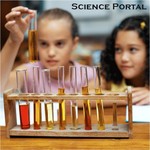
B05-Waves
B06-Sound

B07-E-M Waves
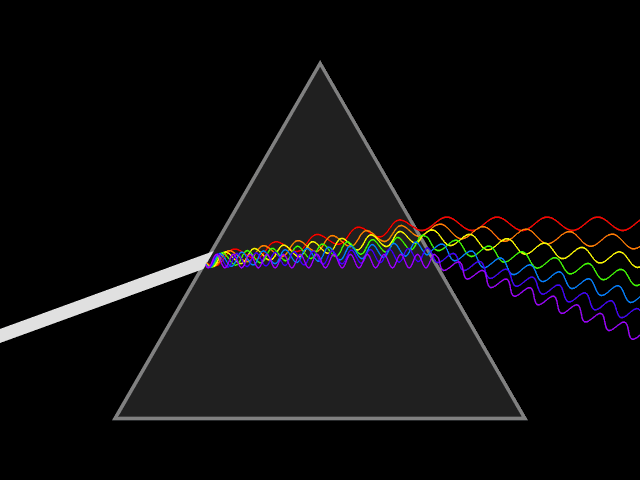
Proficiency Standards
 |
B05-Waves |
B06-Sound |
 B07-E-M Waves |
 Proficiency Standards |
| B08 Light Waves |
| What is light? |
 How does light work? How does light work? (Mastery) |
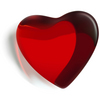 How do we see things? How do we see things? (Interpersonal) |
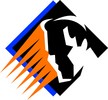 What types of light interactions are there? What types of light interactions are there?(Understanding) |
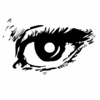 How does light behave in the universe? How does light behave in the universe?(Self Expressive) |
|
Practice Quiz: SCA_B08 Light Take every day before sleeping! Vocabulary Review Activities BrainPop Animations and Practice Quizes 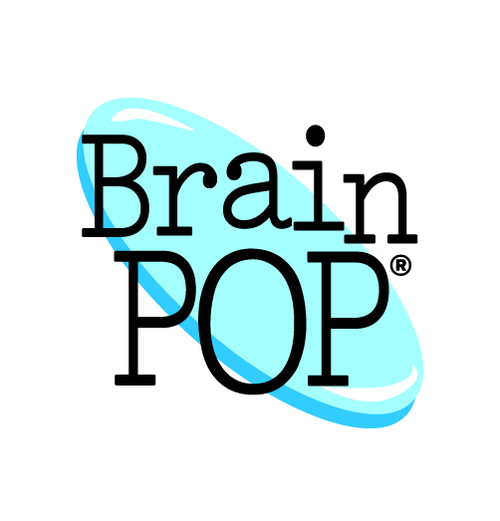
|
Vocabulary Interactions of Waves Chapter 1, Section3 Pages 24-29 Chapter 4-1 A Guided Reading Reflection And Mirrors Chapter 4 Section 1: Pages 112-116: Chapter 4-2 A Guided Reading Refraction And Lenses: Chapter 4, Section 2 Pages 117-121 Seeing Light Chapter 4, Section4 Pages 129-132 NG Sound And Light All About Light and Sound & worksheet Pioneers of Light and Sound & worksheet |
| Labs & Videos |
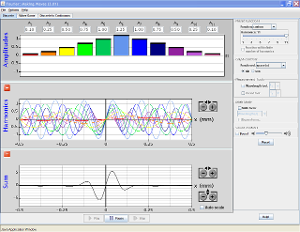 Making Waves write up an experiment based on this activity. |
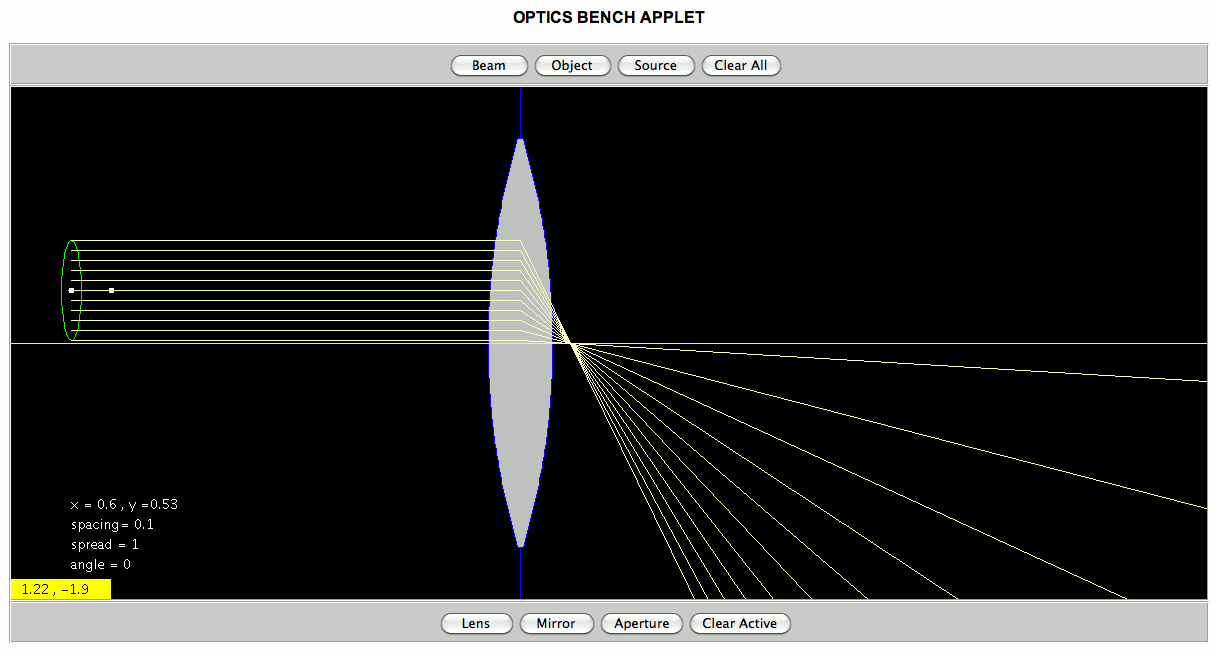 Lenses & Mirrors Virtual Lab Physlet write up an experiment based on this activity. |
 Prism Refraction write up an experiment based on this activity. |
|
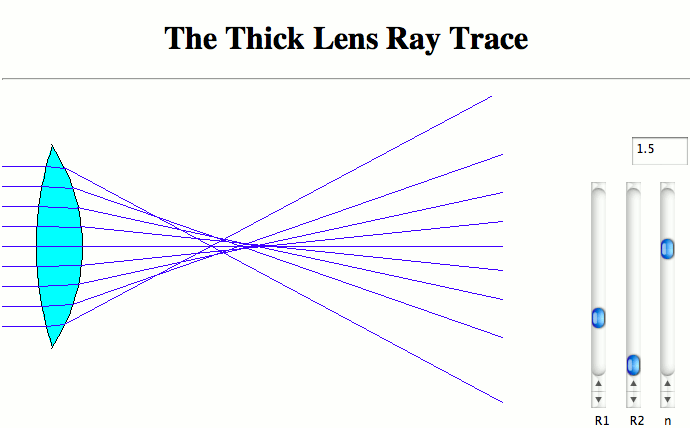 Lens Shape Applet |
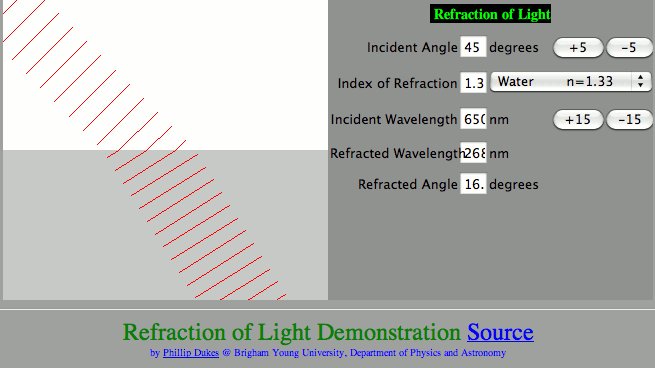 Refraction Virtual Lab |
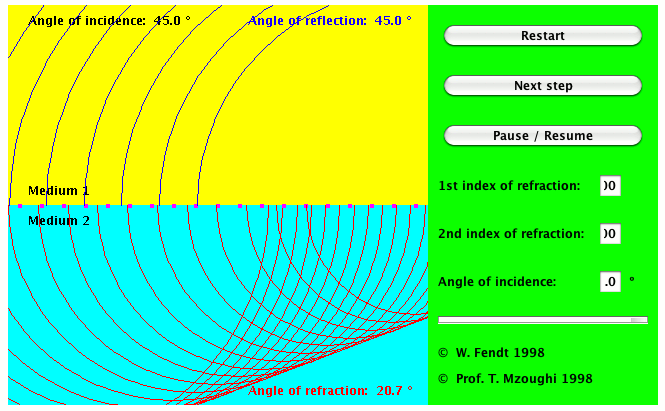 Reflection and Refraction Applet |
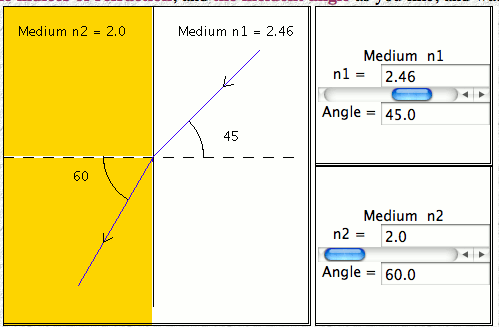 Refraction and Mediums (Snell's Law) Lab 2. Refraction and Mediums |
| Plane Mirror
& Law of Reflection Applets |
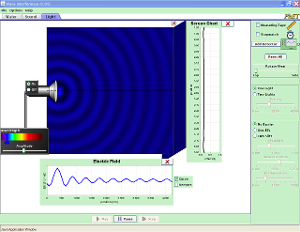 Interference write up an experiment based on this activity. |
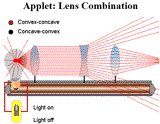 Lens Combination Lab |
 Mirrors PowerPoint Interactive Lenses PowerPoint Interactive |
|
Gizmos Laser Reflection Worksheet |
Gizmos Mirrors-RayTracing Worksheet |
Gizmos Prism Refraction Worksheet |
Gizmos Lens-Ray Tracing Worksheet |
|
|
The Human Eye |
|
|
 Refraction Shooting Game |
????? | Light and the Doppler Effect |
|
Delta Mirrors & Lenses |
Video
Lesson |
YouTube Videos |
Songs
|
| Prentice Hall Videos Light |
Bill Nye Ligjht Optics & Espanol Schooltube Video Quiz & Esp Ligjht & Color & Espanol Schooltube Video Quiz & Esp |
 |
|
 Introduction To Light |
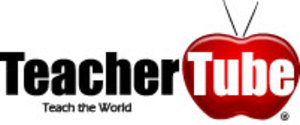 Intro to Waves |
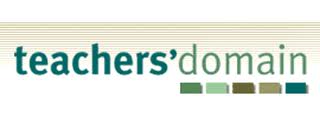 Light Videos & Activities |
| Engage Discrepant Event |
Explore Research |
Explain Write-Up |
Elaborate New situations/applications |
Evaluate project to share |
| Reading & Math Work |
|
|
| Projects by Learning Style and Media Type |
 Sensing-Thinking
(Mastery) Sensing-Thinking
(Mastery)Facts
|
 Sensing-Feeling
(Interpersonal) Sensing-Feeling
(Interpersonal)A time when you...
|
 Intuitive-Thinking
(Understanding) Intuitive-Thinking
(Understanding)Playing with facts
|
 Intuitive-Feeling
(Self-Expressive) Intuitive-Feeling
(Self-Expressive)Creating new possibiliteis
|
|
|
|
 Live
Presentation Project Live
Presentation Project
|
| Essential Vocabulary & Concepts |
| Picture | Core Knowledge or
Concept |
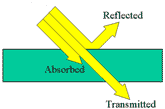 |
When
light strikes an object, the light can be reflected, transmitted, or absorbed. Objects can be transparent, translucent, or opaque. |
 |
We see most things because of the colors that are absorbed or reflected off of them. The rose reflects red and absorbs blue and green. |
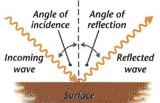 |
When a ray of light hits a surface it bounces
off at an equal and opposite angle. Law of reflection states that the angle of reflection is equal to the angle of incidence. In regular reflections, parallel rays reflect in parallel, giving a clear image. In diffuse reflections, rays are scattered, |
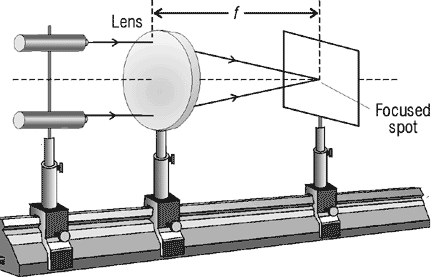 |
Optics The technology of using lenses and mirrors to magnify images by bending light. A focal point is where light rays meet at a point and an object may come into focus. Its location is given as a distance from the center of a lens or mirror. |
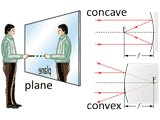 |
A mirror
is an object that reflects light.It can be shaped to change the size of
an image.It comes in three basic shapes.
|
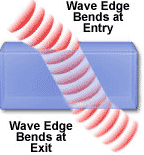 |
Refraction Index of refraction: Light travels at different speeds in different mediums. When a wave enters a medium at an angle, one side of the wave changes speed before the other side, causing the wave to bend or refract. This is how lenses work. |
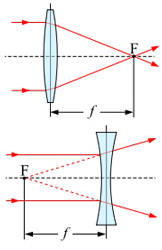 |
A
lens is a shaped object
that bends light. In can change the size of an image. The shape
of the lens controls the angle at which the light hits. Lenses comes in two basic shapes.
|
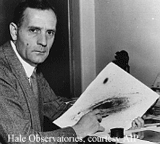 |
Scientist Edwin Hubble (1889-1953 of Wheaton, Illinois) Used observations with light telescopes to confirm the existence of galaxies in an expanding universe.. The Hubble space telescope was named in his honor. It uses a large mirror. |
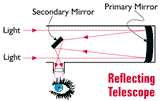  |
Technology Light Telescopes: Reflecting telescopes (invented by Sir Isaac Newton ca 1668) use concave mirrors to focus animage into a lens. Refracting telescopes (first used for astronomy by Galileo Galilei in 1609) use lenses to magnify distant images.The first western telescopes appeared around 1600 in the Netherlands. |